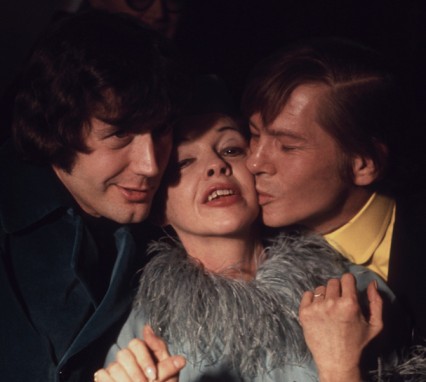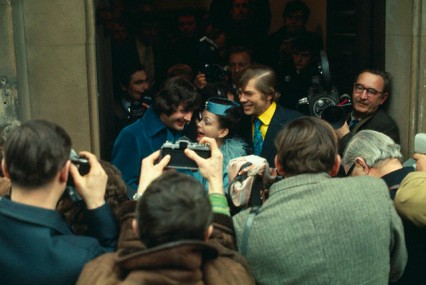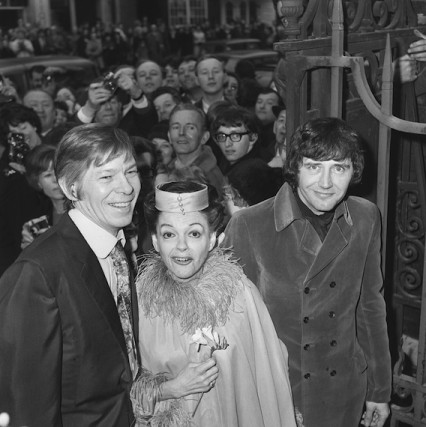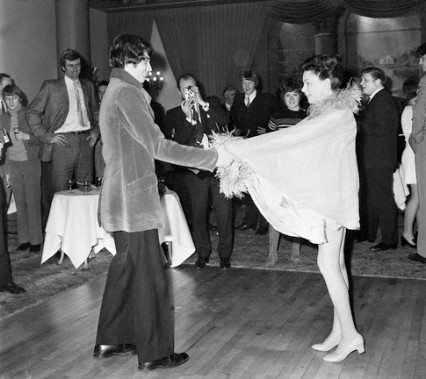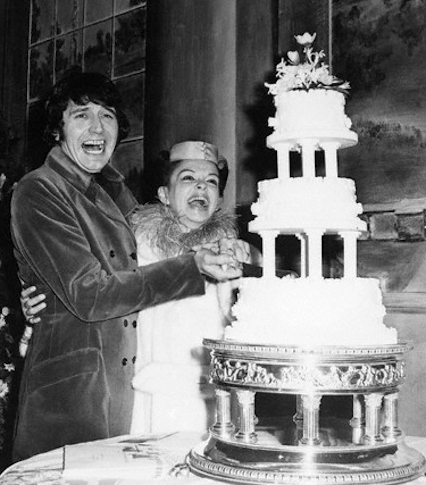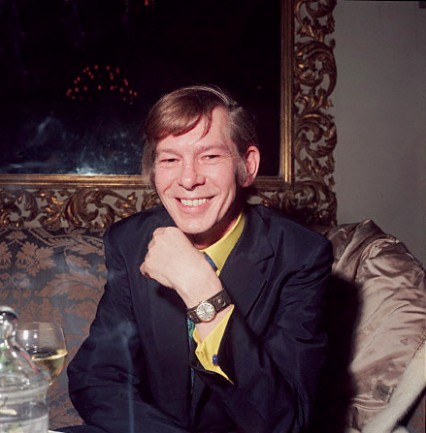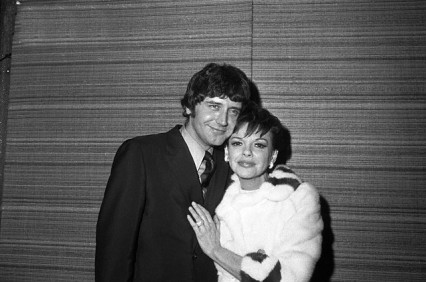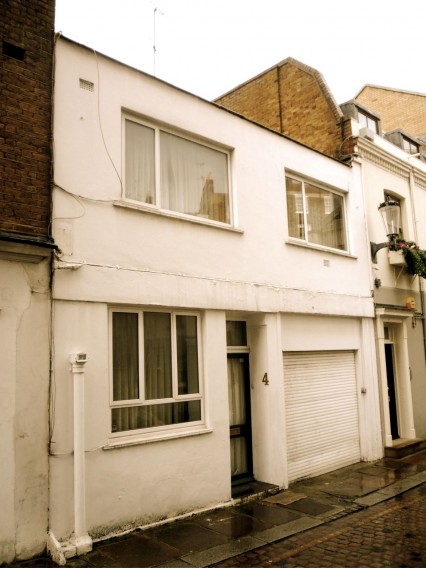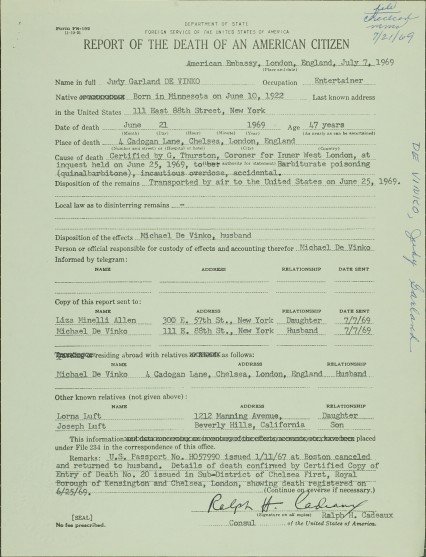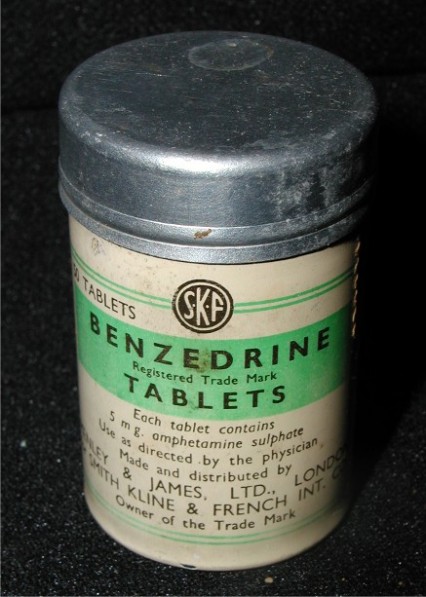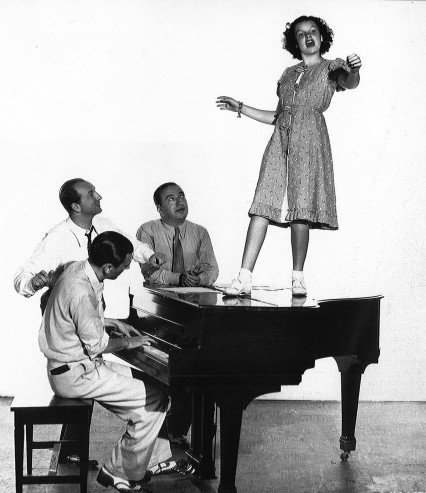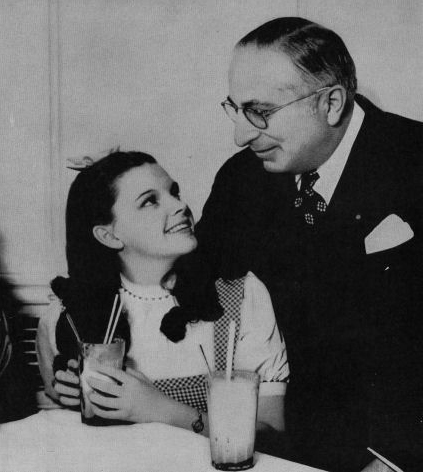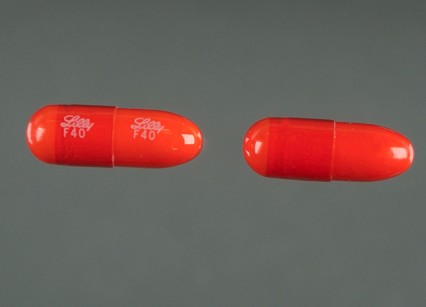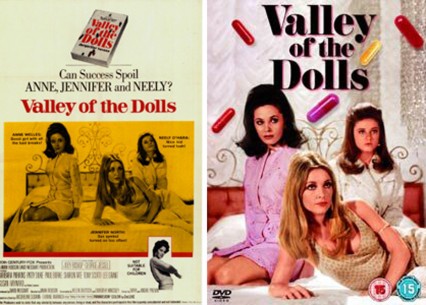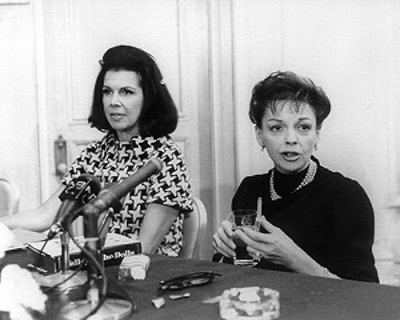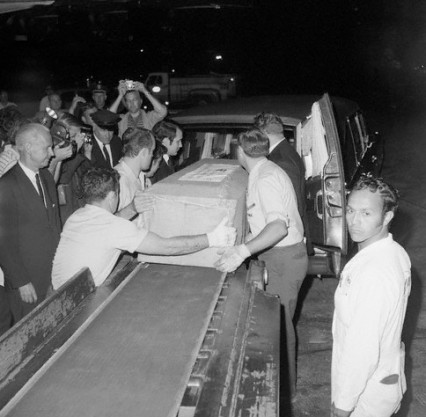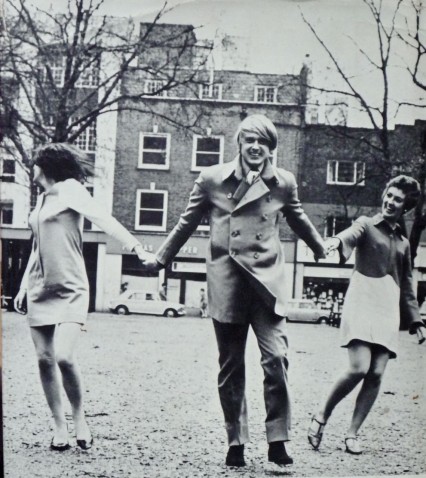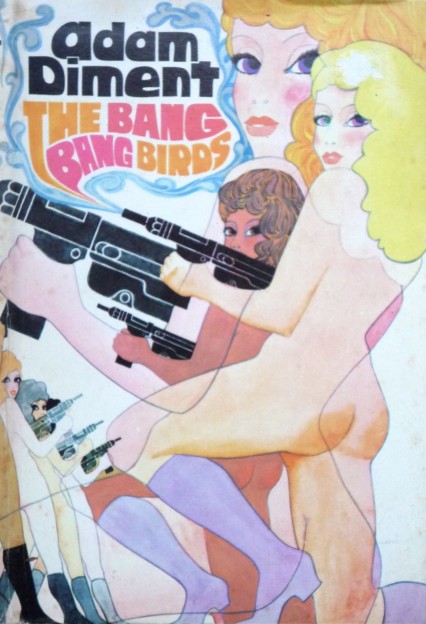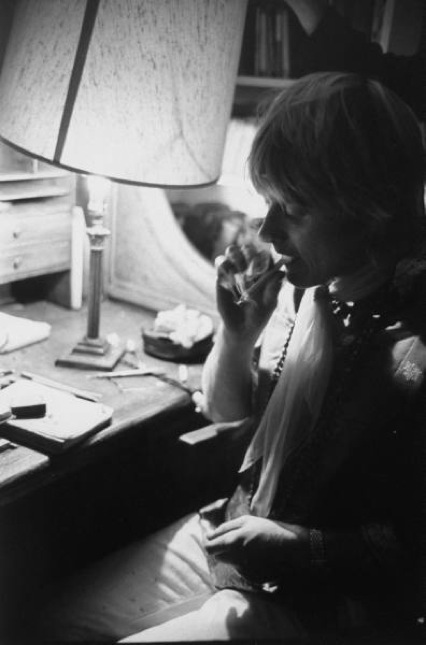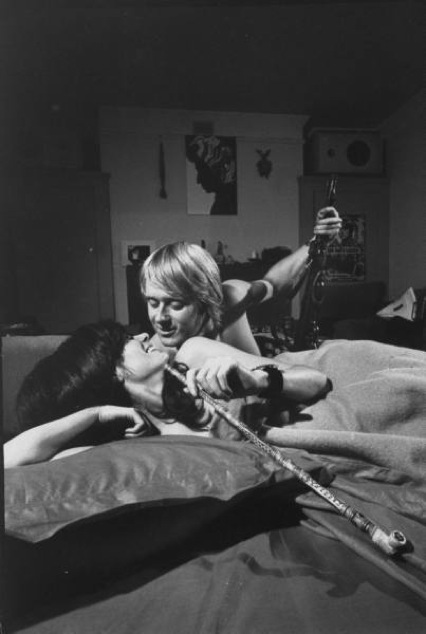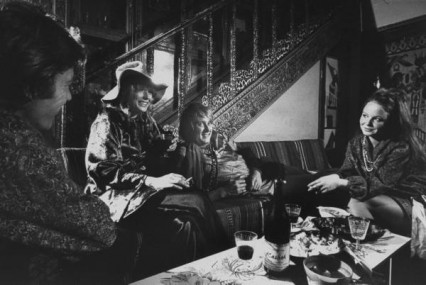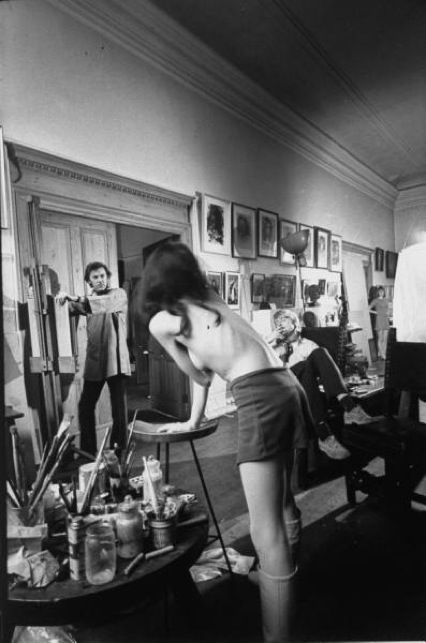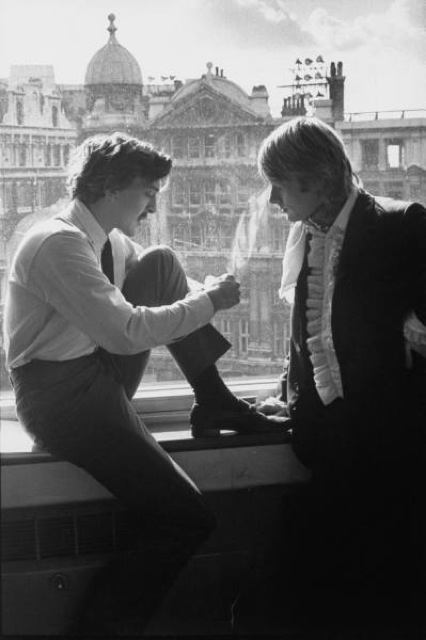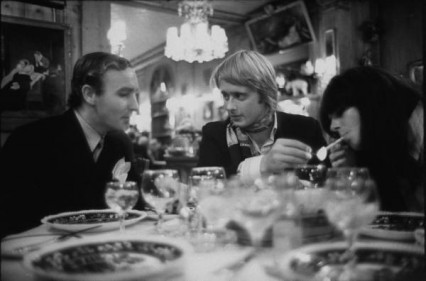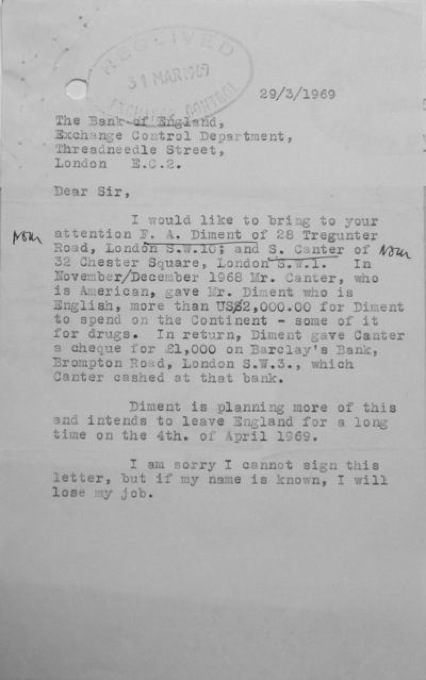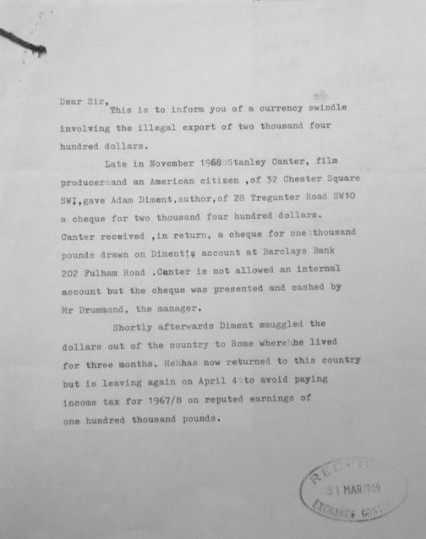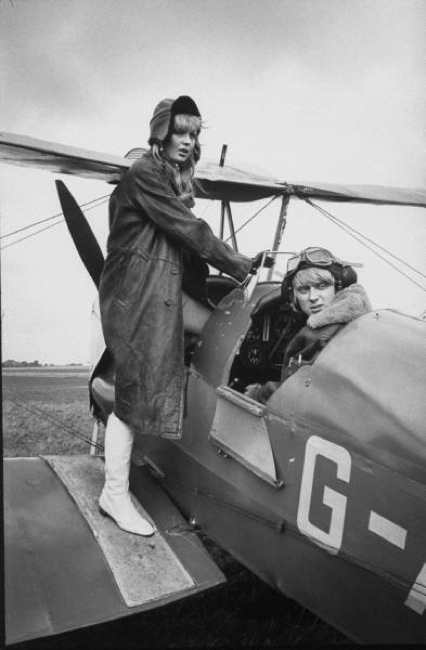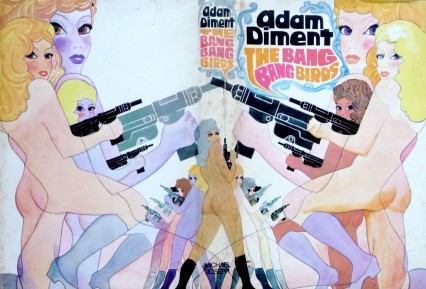On March 15th 1969 at Chelsea Register Office on the Kings Road, Judy Garland married a gay discotheque manager and part-time jazz pianist called Mickey Devinko better known as Mickey Deans. After the brief ceremony, which was actually her fifth, Garland said;
“This is it. For the first time in my life, I am really happy. Finally, I am loved.”
Not that loved, because despite the long celebrity guest-list, not one of Judy’s famous friends made it to the reception held at Quaglino’s the large and expensive restaurant situated in Bury Street just south of Piccadilly. Several hundred people were invited and only fifty made it to the function.
The glasses of champagne remained largely undrunk and an ostentatious three-tiered cake remained mostly uneaten. “I can’t understand it,” Judy was reported to have said in next day’s Sunday Express, “they all said they’d come”. Even her daughter Liza Minnelli, who had turned 23 just three days before, had called her mother to say “I can’t make it, Mama, but I promise I’ll come to your next one.” Another journalist apparently wrote that the reception was “the saddest and most pathetic party I have ever attended”.
Actually there was one celebrity guest at the wedding – Mickey Deans’ best man, Johnnie Ray. Ray had had hits in the fifties such as Cry and The Little White Cloud That Cried and was famous for the mootable ability to cry on stage earning him the moniker ‘the Nabob of Sob’ or occasionally the ‘Prince of Wails’. In reality, Ray was no close friend of Deans or Garland and the only reason that he was a guest at the wedding was that he was due to open for a brief Scandinavian tour Deans had organised for his new wife four days after the wedding.
Judy told the Sunday Express:
“I don’t know if London still needs me, but I certainly need it! It’s good and kind to me. I feel at home here. The people understand me, and I’m not aware of the cruelty I’ve so often felt in the States. I’ve reached a point in my life where the most precious thing is compassion – and I get this here.”
After the wedding Garland and Deans rented a small mews house in a Chelsea cul-de-sac called Cadogan Lane. On Saturday 22 June, just three months after their wedding, Judy and Mickey had been watching a BBC documentary on the Royal family but, not untypically, had started to furiously row. Garland ran into the street shouting and screaming (also not untypically) followed not long after by Deans who ran after her. He was unable to find his wife and returned to the house and soon after went to bed.
At around 10.40am the next morning the phone rang for Garland. Deans, initially unable to find her, found the bathroom door locked. He climbed out on to the roof and looking through the window saw Garland motionless on the toilet with her head slumped forward and her hands on her knees. Climbing into the bathroom he found her skin was discoloured and dried blood had dribbled from her mouth and nose. She had been dead for about eight hours.
The Chelsea Coroner, Gavin Thurston wrote “This is a clear picture of someone who had been habituated to barbiturates in the form of Seconal for a very long period of time, and who on the night of june 22nd/23rd perhaps in a state of confusion from a previous dose (although this is pure speculation) took more barbiturate than her body could tolerate.”
Garland had been taking drugs since she was in her early teens, initially to keep her weight down – Louis B Mayer the owner of MGM called her ‘that fat kid’ (not to mention ‘my little hunchback’ – you can understand why she had trouble with self-esteem all her life) and was constantly troubled by what he saw as her weight problem. Studio doctors prescribed the new wonder drug Benzedrine and subsequently the more sophisticated offshoots Dexedrine and Dexamyl. Drugs like these, at the time, seemed like miracles of science and were as common as aspirin.
Garland had been prescribed Seconal, the drug that killed her, off and on, since the fifties. It is a barbiturate derivative medicine that was becoming widely misused in the sixties. It had nicknames such as ‘reds’, ‘red-devils’ or seccies, but another nickname was ‘dolls’ and thus responsible for the punning title of Jacqueline Susann’s novel ‘Valley of the Dolls’.
The character Neely O’Hara in the book, with her undoubted talent blunted by self-destructive alcoholism and dependency on prescription drugs, was purportedly based on Garland. Judy was actually cast in the film, not as O’Hara but to play the character Helen Lawson but not long into the filming Garland missed several days of rehearsals and was fired in April 1967. She was replaced by Susan Heyward but not before Garland recorded the song ‘I’ll Plant My Own Tree’.
Judy Garland was just 47 years old and $4 million in debt when she died. She was buried in New York and, making an effort this time, guests included Lauren Bacall, James Mason, Cary Grant, Katharine Hepburn, Lana Turner and latterly Frank Sinatra who paid all the funeral expenses and presciently said, “Judy will now have a mystic survival. She was the greatest.”
Ironically, considering the effort she put into keeping her weight down, Garland was probably less than 70 lbs when she died. She was so thin that it was said that to keep the waiting photographers non the wiser, when her body was removed from the Cadogan Lane mews house, covered in only a blanket, she was carried out draped over someone’s arm like a folded coat.
Judy Garland applying makeup before her last ever concert in Denmark 1969
Judy Garland (with Mickey Deans) – When Sunny Gets Blue – recorded three days before she died. Mickey is heard on the piano prompting her
Judy Garland – Broadway Rhythm – by way of contrast this is Judy performing on MGM radio with Wallace Beery aged just 13 and just after she signed with MGM (she’s wrongly announced as 12)
